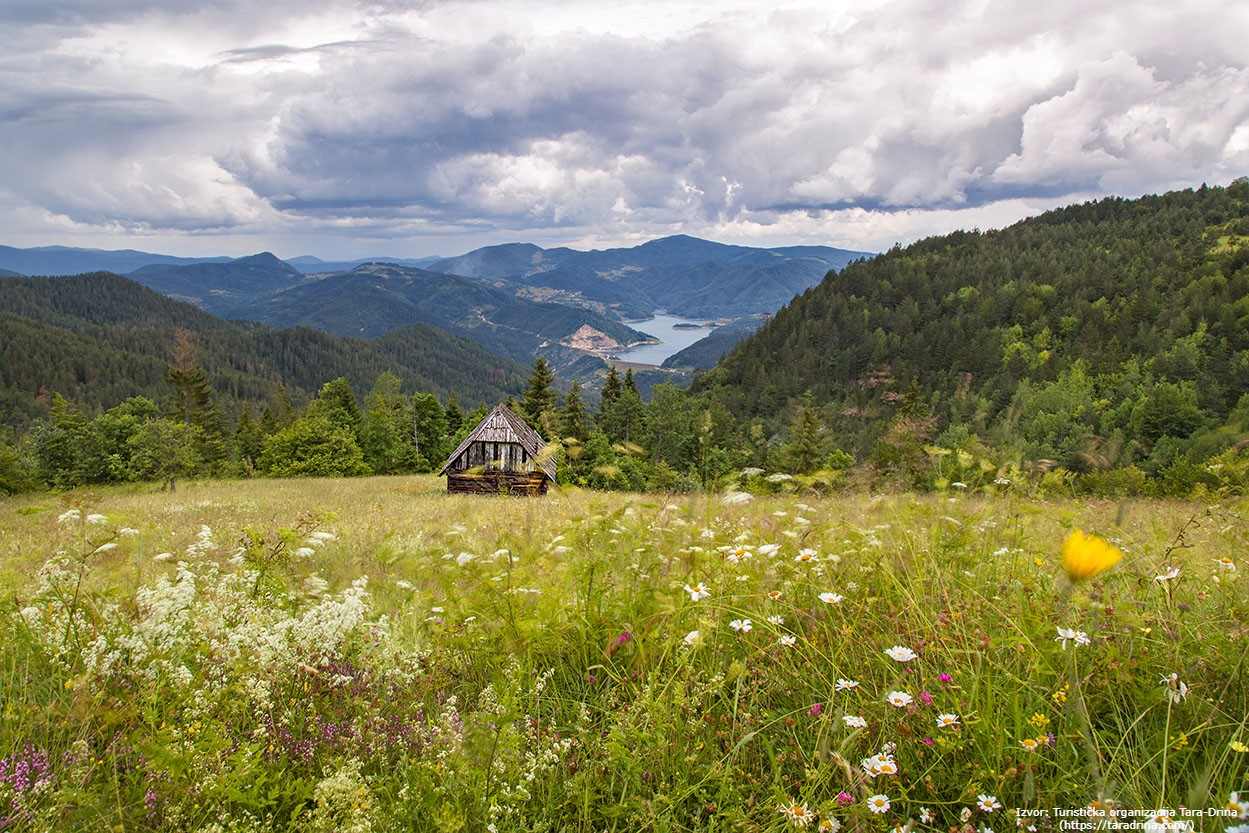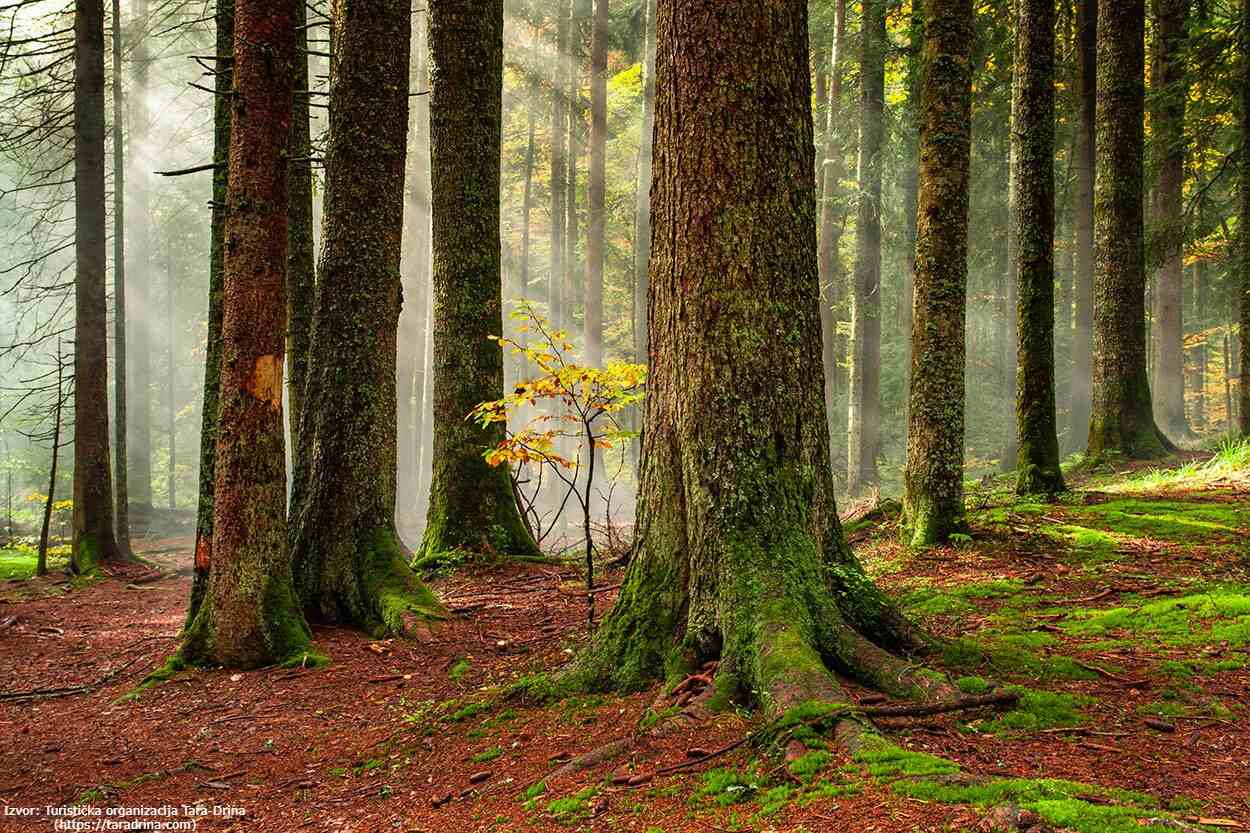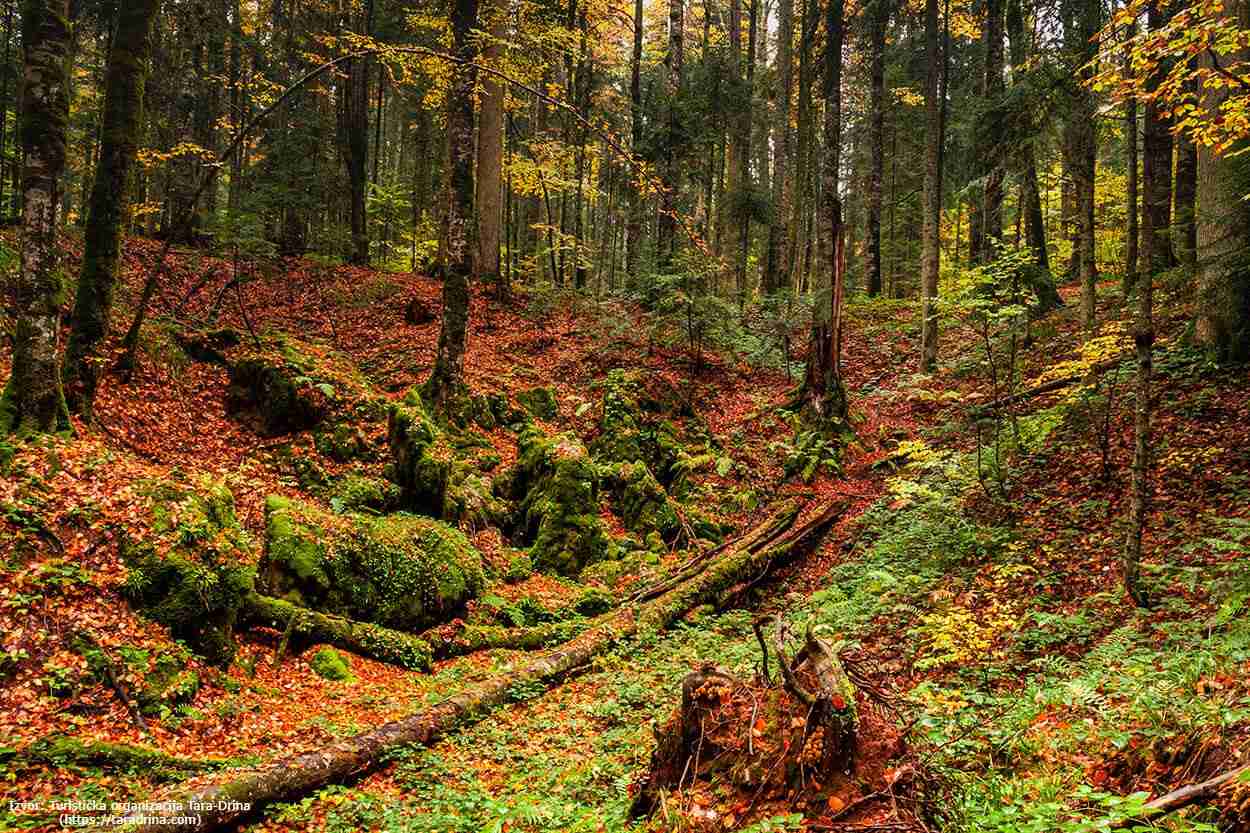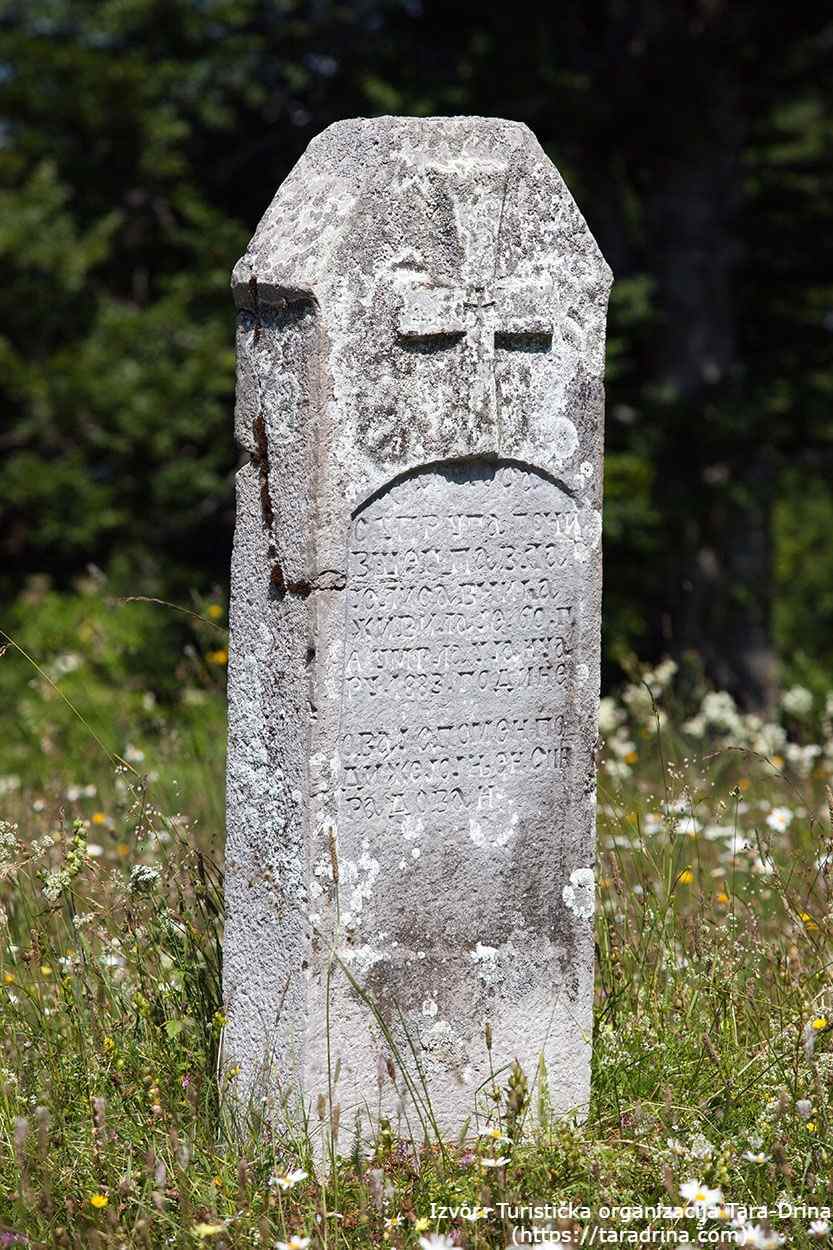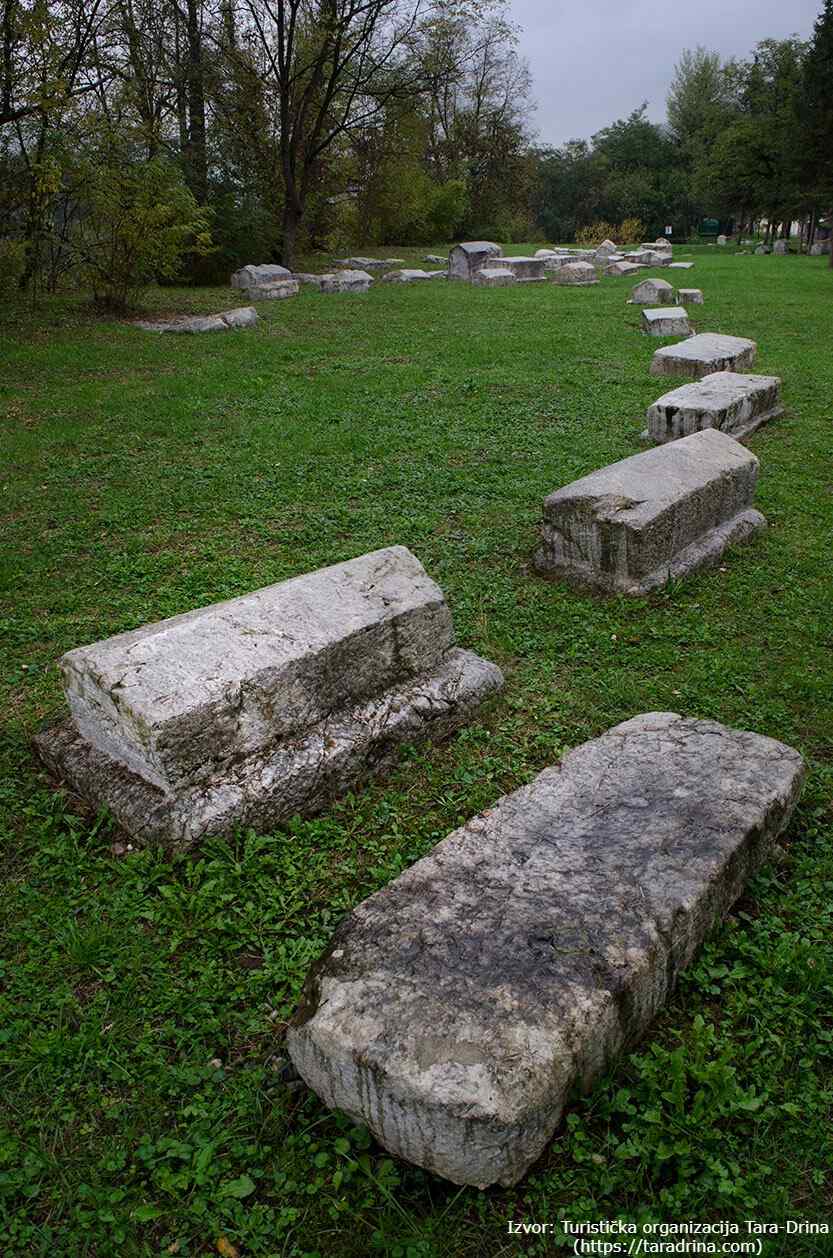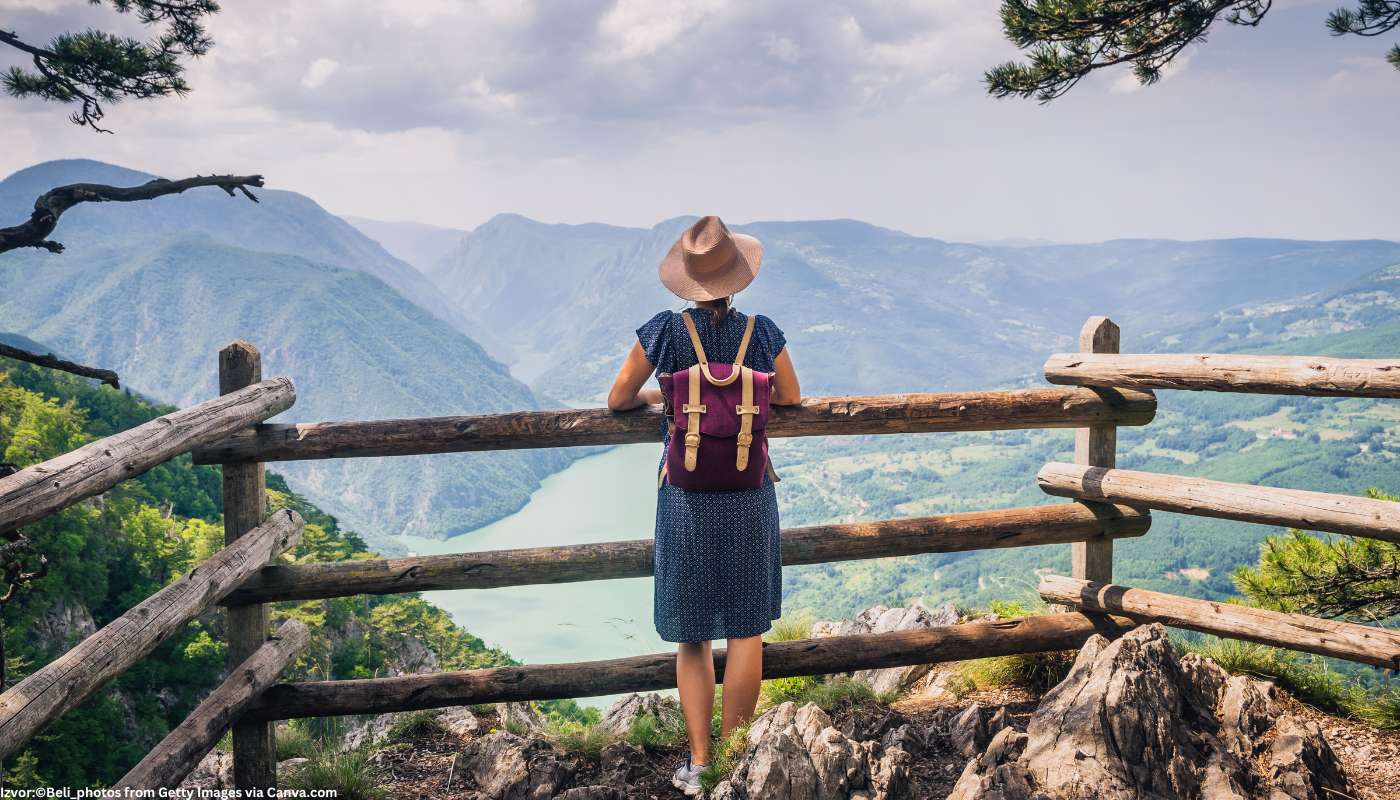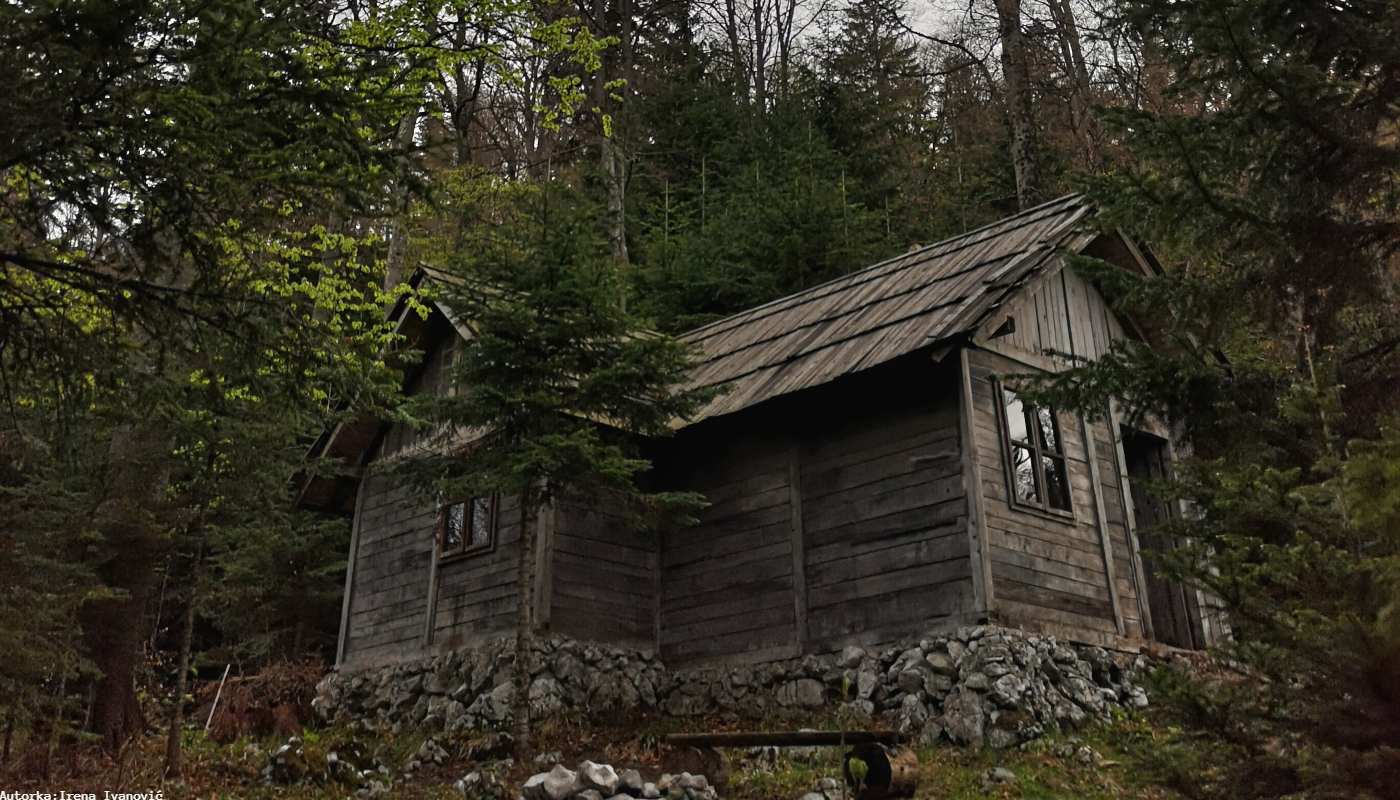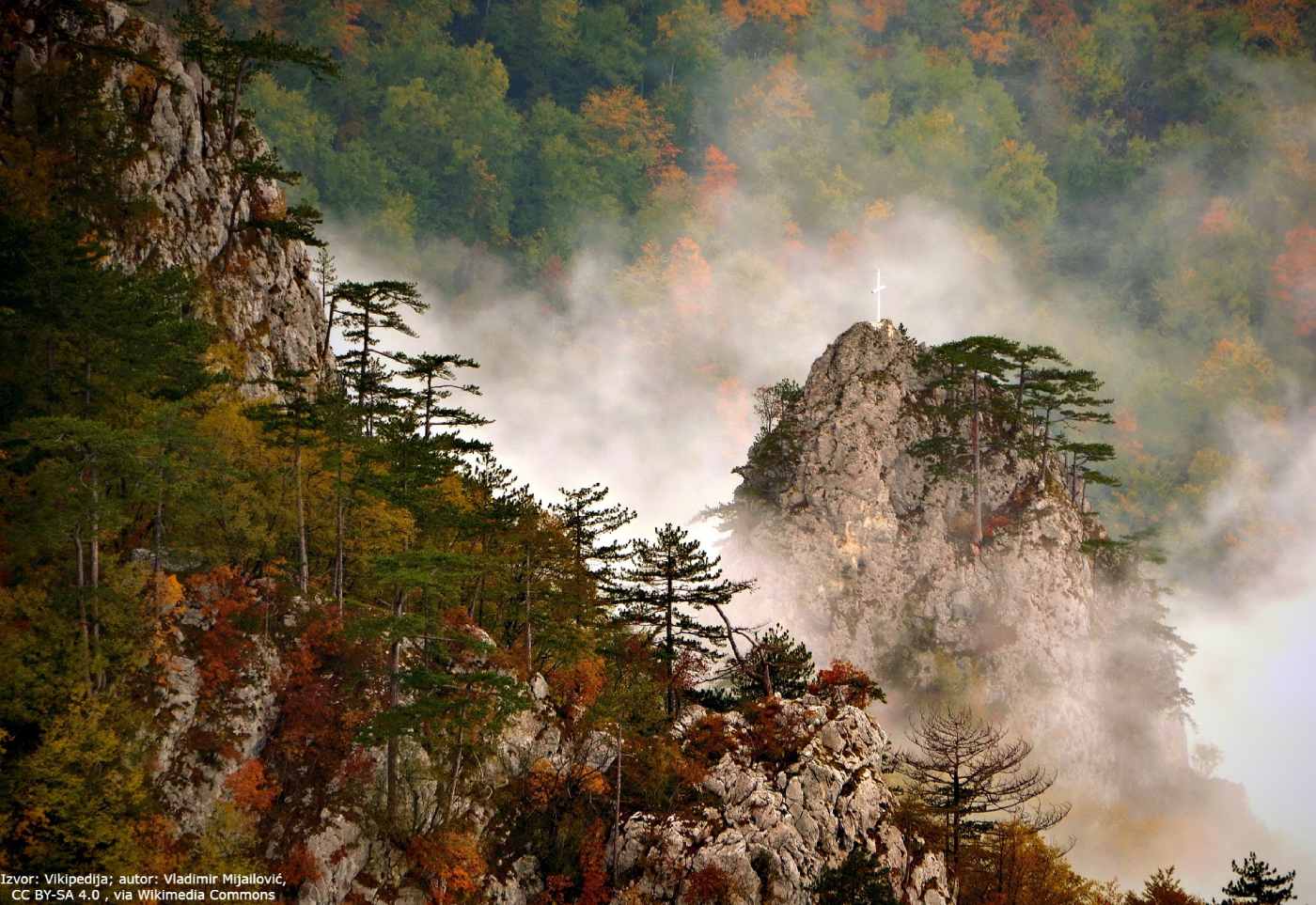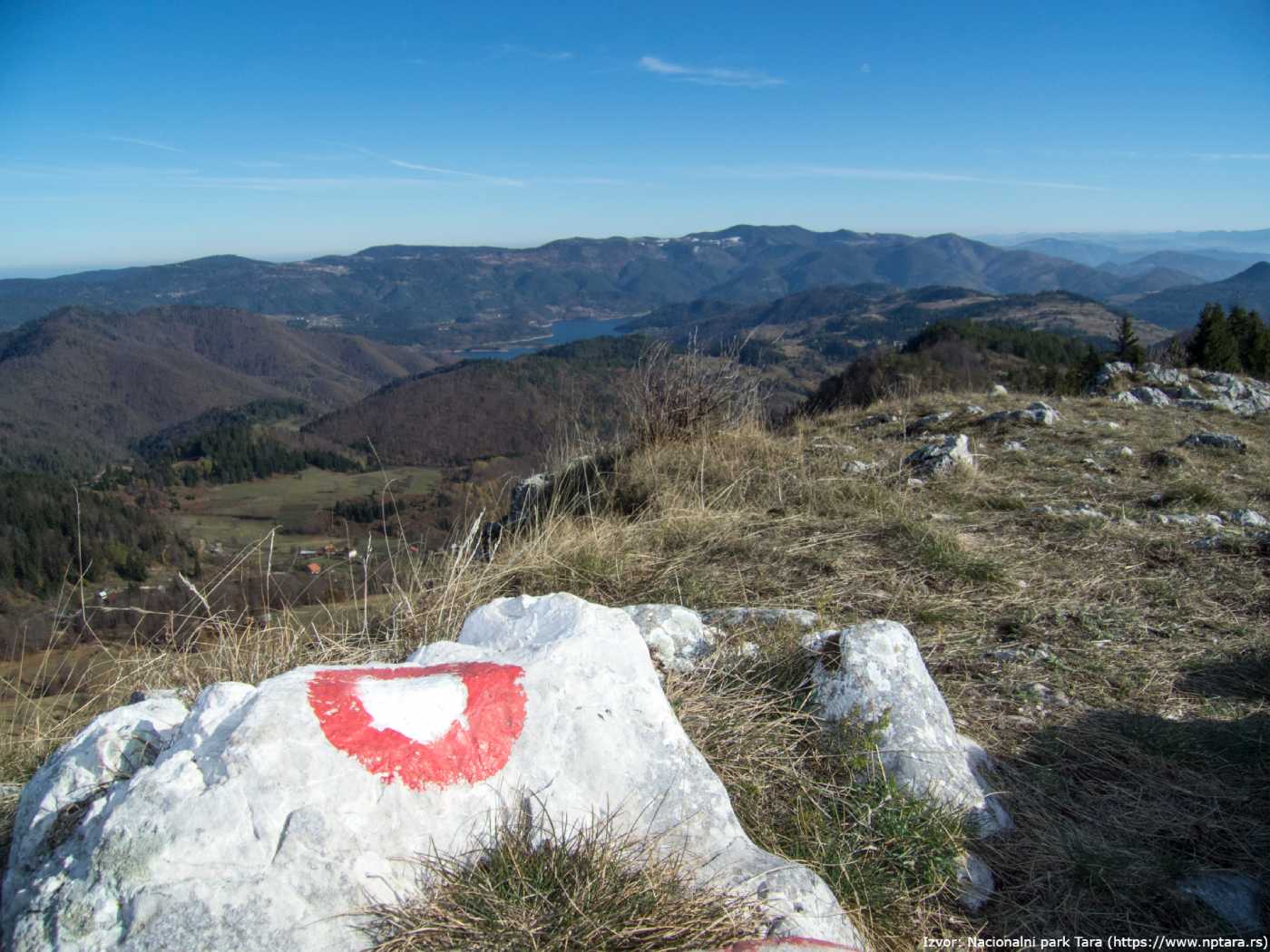Manastir Rača
Share this attraction
Back

Manastir Rača
Tara
Raca monastery - the most important information
The monastery of the Zicka diocese of the Serbian Orthodox Church is located on the right bank of the river Raca at the foot of Tara. At 6 km from the monastery is Bajina Basta and the confluence of the Raca and Drina rivers. It is assumed that it was built by the Serbian king Dragutin Nemanjic and it was destroyed and rebuilt several times. Raca is widely known for his transcription school. Since its founding in the 13th century, Raca has been a very important part of the historical and cultural heritage of Serbia.
History of the Raca monastery
According to legend, the monastery of Raca was built by King Dragutin in the former Sokolska nahija. The period between 1275 and 1299 is taken as the year of origin. In its history, the monastery had 7 elders. It suffered for the first time when it fell under Ottoman rule in 1459, and later immediately after the Great Migrations of the Serbs in 1690. The monastery was renovated in two periods, between 1795 and 1799 and 1816-1835. During the first renovation, the original look of the church was preserved, done in the Raska-Byzantine style, and then works were carried out on the monastery lodgings and additional rooms.
After the Turks burned it in the First Serbian Uprising, during which they brutally killed the then monks Isija and Ignacije over the table of honor, the reconstruction of the church was taken over by Archimandrite Mojse Jovanovic. Prince Milos Obrenovic materially helped the reconstruction at that time. The monastery underwent another renovation after the Second World War. The iconostasis and frescoes contributed to the appearance of Raca, and they were also made inside the church between 1840 and 1854. They are the work of church painters Georgij Bakalovic and Dimitrije Posnikovic and painter Milija Markovic. They were made on dry plaster and were inspired by painters of pro-Western style and orientation.
Significance of the Raca monastery
History of the Raca monastery
According to legend, the monastery of Raca was built by King Dragutin in the former Sokolska nahija. The period between 1275 and 1299 is taken as the year of origin. In its history, the monastery had 7 elders. It suffered for the first time when it fell under Ottoman rule in 1459, and later immediately after the Great Migrations of the Serbs in 1690. The monastery was renovated in two periods, between 1795 and 1799 and 1816-1835. During the first renovation, the original look of the church was preserved, done in the Raska-Byzantine style, and then works were carried out on the monastery lodgings and additional rooms.
After the Turks burned it in the First Serbian Uprising, during which they brutally killed the then monks Isija and Ignacije over the table of honor, the reconstruction of the church was taken over by Archimandrite Mojse Jovanovic. Prince Milos Obrenovic materially helped the reconstruction at that time. The monastery underwent another renovation after the Second World War. The iconostasis and frescoes contributed to the appearance of Raca, and they were also made inside the church between 1840 and 1854. They are the work of church painters Georgij Bakalovic and Dimitrije Posnikovic and painter Milija Markovic. They were made on dry plaster and were inspired by painters of pro-Western style and orientation.
Significance of the Raca monastery
- The Raca Monastery has been declared a cultural monument of great importance as an immovable cultural asset
- The Raca transcription school had a great influence on Serbian literature in the 17th and early 18th centuries, and its important center was the monastery of Raca
- During the Second World War, Miroslav Gospel was kept under the stone slabs in the altar of the church
- King Peter II Karadjordjevic spent the night in the monastery during his withdrawal from Belgrade in 1941, and Patriarch Pavle was a monk of the Monastery in two separate occasions
What to see
The Raca monastery treasury was among the richest in the Middle Ages. Part of its wealth was destroyed by the Turks, while part was taken away by monks during the Great Migration of the Serbs. These objects were in the monasteries of Fruska Gora and the cities of Austro-Hungary until they were taken by the Austrians, Hungarians and Ustashas from Croatia during the world wars. The treasury was renovated in 1996 and today it houses:
The Raca monastery treasury was among the richest in the Middle Ages. Part of its wealth was destroyed by the Turks, while part was taken away by monks during the Great Migration of the Serbs. These objects were in the monasteries of Fruska Gora and the cities of Austro-Hungary until they were taken by the Austrians, Hungarians and Ustashas from Croatia during the world wars. The treasury was renovated in 1996 and today it houses:
- The insurgent flag from 1807: the work of the painter Stefan Gavrilovic
- Hadzi-Milentije's insurgent coffers and his personal belongings
- Part of the documents on the monastery land: correspondence, contracts, court decisions
Within the monastery complex, but also in its vicinity, are:
- Bell tower: a few meters from the church, it consists of three storeys and a dome
- Medieval scriptorium: at 40 minutes walk from the church are the remains of a medieval scriptorium that have not been fully archaeologically explored
- Part of the relics of King Dragutin
- Iconostasis: among others the icons of St. Jovan, the Annunciation, the Holy Trinity and the figure of Christ with angels at the very entrance to the church
How to get to the Raca monastery
The easiest way to get to Raca is by car, following the state roads 172 i 402, and it will not take much more than an hour for that ride. The Raca walking trail starts from the monastery and you can follow it further towards the Ladjevac spring and the Crnjeskovo viewpoint.
The easiest way to get to Raca is by car, following the state roads 172 i 402, and it will not take much more than an hour for that ride. The Raca walking trail starts from the monastery and you can follow it further towards the Ladjevac spring and the Crnjeskovo viewpoint.
- By car: head north towards Sekulici, Krnja jela and Mitrovac on Tara, where you turn on the road 403 and go towards the Drina and Perucac. You join road 172 near the bank of the Drina, from where you follow it all the way to the Delfin car wash, where you cross to the road 170. From that road, you join road 402, which you follow along the river Rača to the monastery.
Additional information
To enter the church it is necessary to follow a specific dress code that includes covered shoulders and no short pants, skirts or dresses.
Location
Learn more about this destination
Discover the beauty of the destination through blogs that highlight the most famous landmarks, hidden gems, and provide travel tips for visiting this destination. Embark on an adventure through the stories of experienced travelers.






